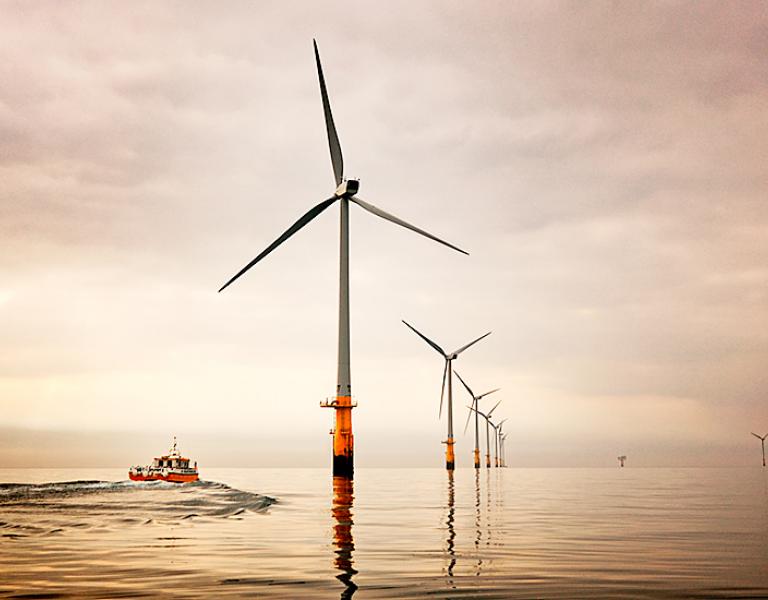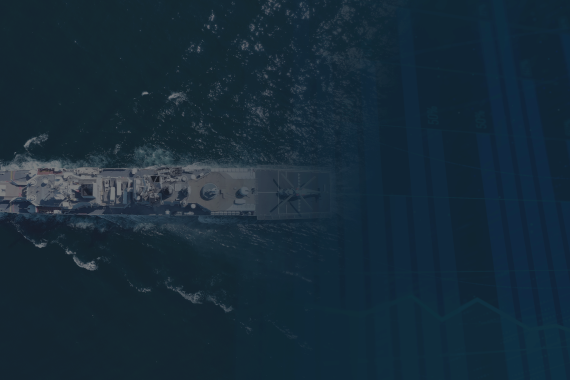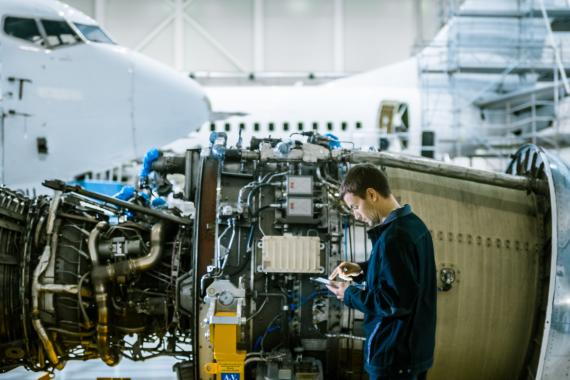
Vattenfall and Scottish Power - Availability Analysis for the East Anglia Wind Energy Project
A logistics concept for the North Sea wind farm simulated with SIMLOX is estimated to save the owners millions.
Vattenfall and Scottish Power have formed the company East Anglia Offshore Wind (EAOW) for the purpose of developing the East Anglia wind farm in the North Sea, off the east coast of England. The U.K. has big plans for offshore wind energy, and have assigned lease agreements for about ten development zones. East Anglia is one of these development zones; it is expected to encompass 7200 MW installed wind power capacity, the equivalent of 1,000 – 2,000 wind turbines.
Operation and maintenance of offshore wind turbines is complicated. Strong winds provide good power generating conditions but also make maintenance work more difficult. Personnel and equipment must be transported to and from the turbines – a challenge in terms of safety and cost effectiveness in areas with harsh weather conditions. Systecon was hired by EAOW to use modeling and simulation to analyze different logistics concepts for the first construction phase of East Anglia, comprising 1200 MW.
The East Anglia simulations were performed using Systecon's SIMLOX simulation application and are based on – among other things -- meteorological data for the area, turbine data, and data for maintenance resources (e.g. boats and helicopters) included in the different logistics concepts.
Since meteorological data were available, the availability of the wind farm could be analyzed from both a time and energy perspective. Maintenance work should be scheduled when winds are weak, since this will minimize production losses. With energy based availability you can clearly ascertain the ability of the logistics concepts to perform maintenance during periods of low wind.
Systecon's analysis resulted in comparisons of revenue and operational costs with respect to wind turbine types and the logistics concepts. One factor that turned out to be very important when comparing different turbines was the number of planned maintenance hours. Because the units are offshore, personnel transports are restricted, which makes maintenance work more difficult and time consuming. Other important factors for the availability of the wind farm included the arrangement of lease agreements with crane ships and the wave height restrictions applicable for different service boats when transporting personnel from the boat to the turbines.
"With Systecon's analysis we can reduce the uncertainty of our calculations, and the importance of this can hardly be overestimated on a project as large as East Anglia. We estimate that we can save £3-6 million annually by selecting the best logistics solution."
Pär Attermo, O&M Development, Vattenfall Renewables
Book a demo
Related Articles



